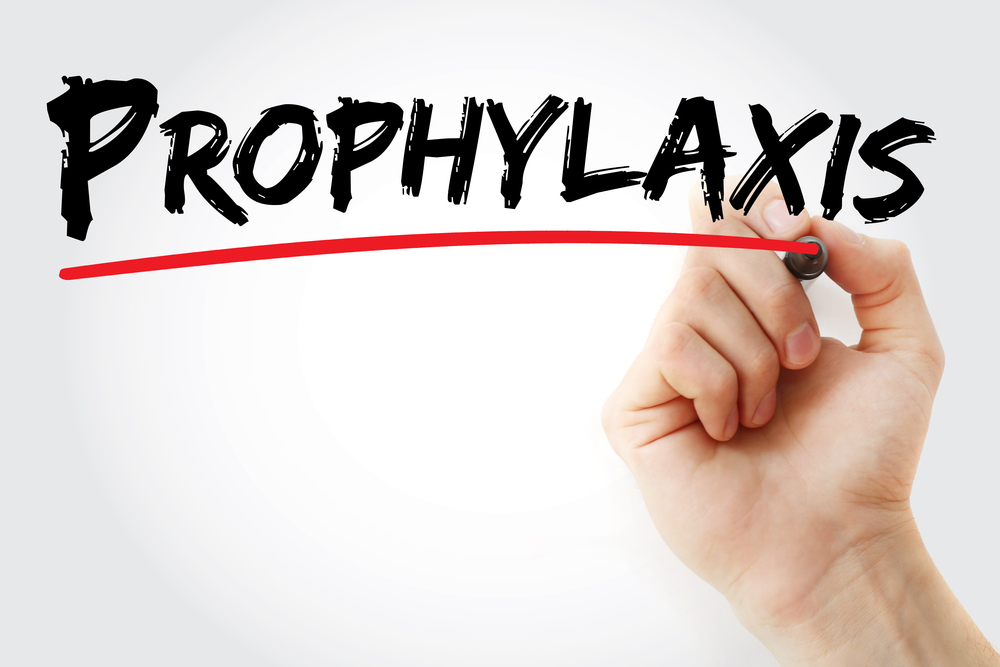Age at Start of Therapy in Advanced Hemophilia Patients Determines Improvements in Joint Motion

Therapy to prevent bleeding (called prophylaxis) in patients with severe hemophilia A led to decreased joint bleeding when it was started at any age. However, improved joint motion was only effective if prophylaxis was started before age 4 in non-obese patients, according to researchers.
The study, “Prophylaxis Usage, Bleeding Rates and Joint Outcomes of Hemophilia 1999 – 2010: A Surveillance Project,” was published in the journal Blood.
In hemophilia the blood doesn’t clot normally because it lacks sufficient blood-clotting proteins (clotting factors). Hemophilic arthropathy is caused by recurrent bleeding in the joints, leading to tissue changes and, often, chronic pain and movement limitations. It has been previously reported that 90% of patients with severe hemophilia developed arthropathy, which is the most costly complication of hemophilia, both at a human- and economic level.
In prophylaxis therapy, the deficient clotting factor is routinely replaced to prevent bleeding events. This has been shown to be effective in preventing both joint bleeding and arthropathy when started in early childhood. Evidence also supports the use of prophylaxis to decrease joint bleeding when started in adolescents and adults, but there was no conclusive data regarding positive effects for joint movement in those patients.
Researchers used a national registry system called Universal Data Collection system (UDC) to track prophylaxis trends and outcomes of arthropathy in patients with severe hemophilia A, using records from 134 hemophilia treatment centers. The data included 26,614 clinic visits for 6,196 males ranging in age from 2 to 69, prospectively collected from 1999 to 2010.
Prophylaxis therapy was seen to be effective in reducing joint bleeding rates, total bleeding rates, and target joint bleeding in all age groups regardless of the age of therapy initiation. However, prophylaxis was only effective in preventing loss of joint motion when the therapy was started prior to age 4.
Prophylaxis was not effective in regaining previously lost joint motion, but it did lower the bleeding rate in patients with active joint bleeding.
In line with previous data, prophylaxis was seen to decrease bleeding at any age of initiation.
As for the prophylaxis effects on arthropathy, researchers concluded that the therapy was effective when initiated before age 4, but has little to offer to older patients or to patients with advanced arthropathy. However, patients with advanced arthropathy may experience decreased pain due to prophylaxis and improved mobility with physical exercise.






